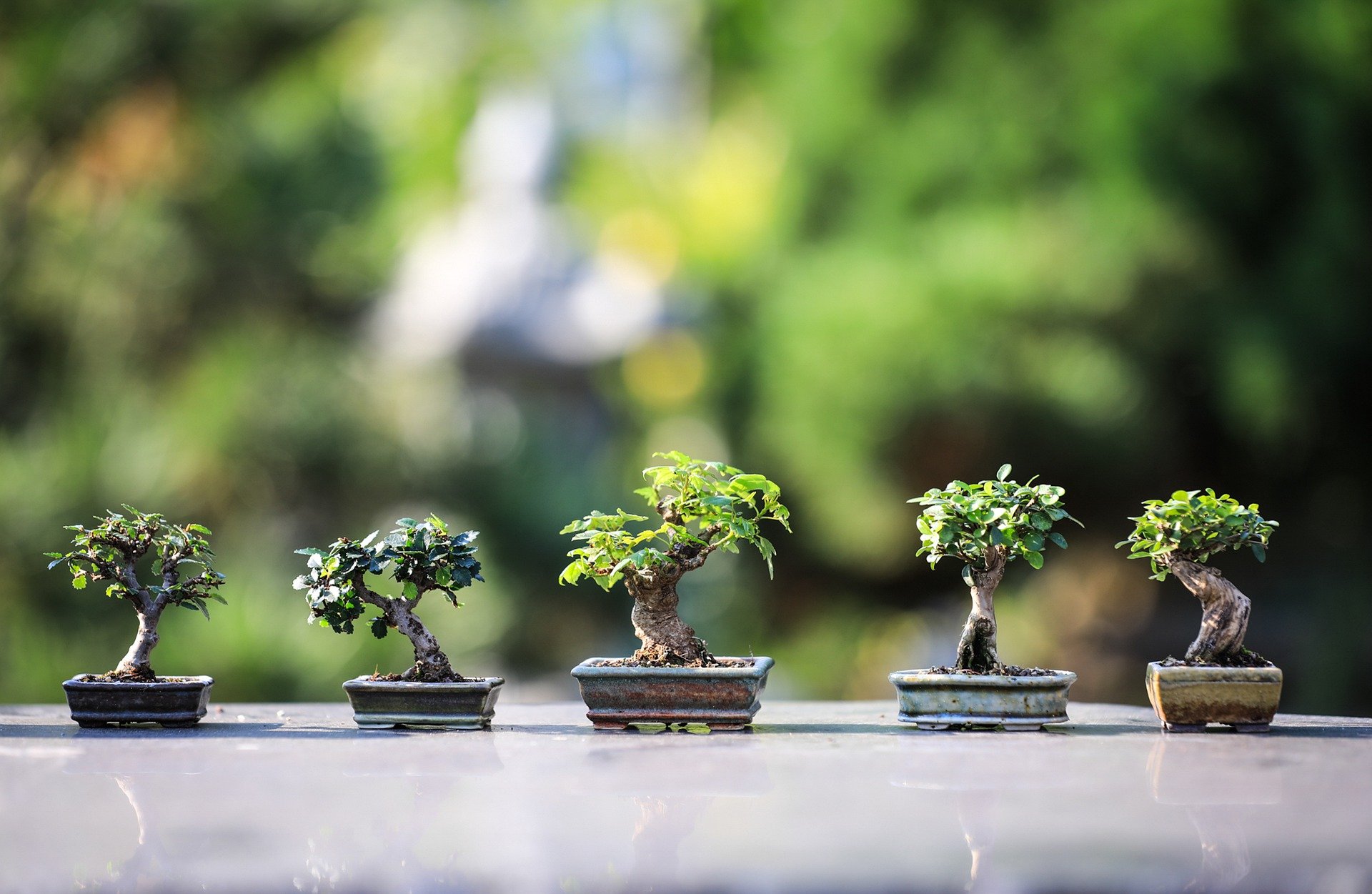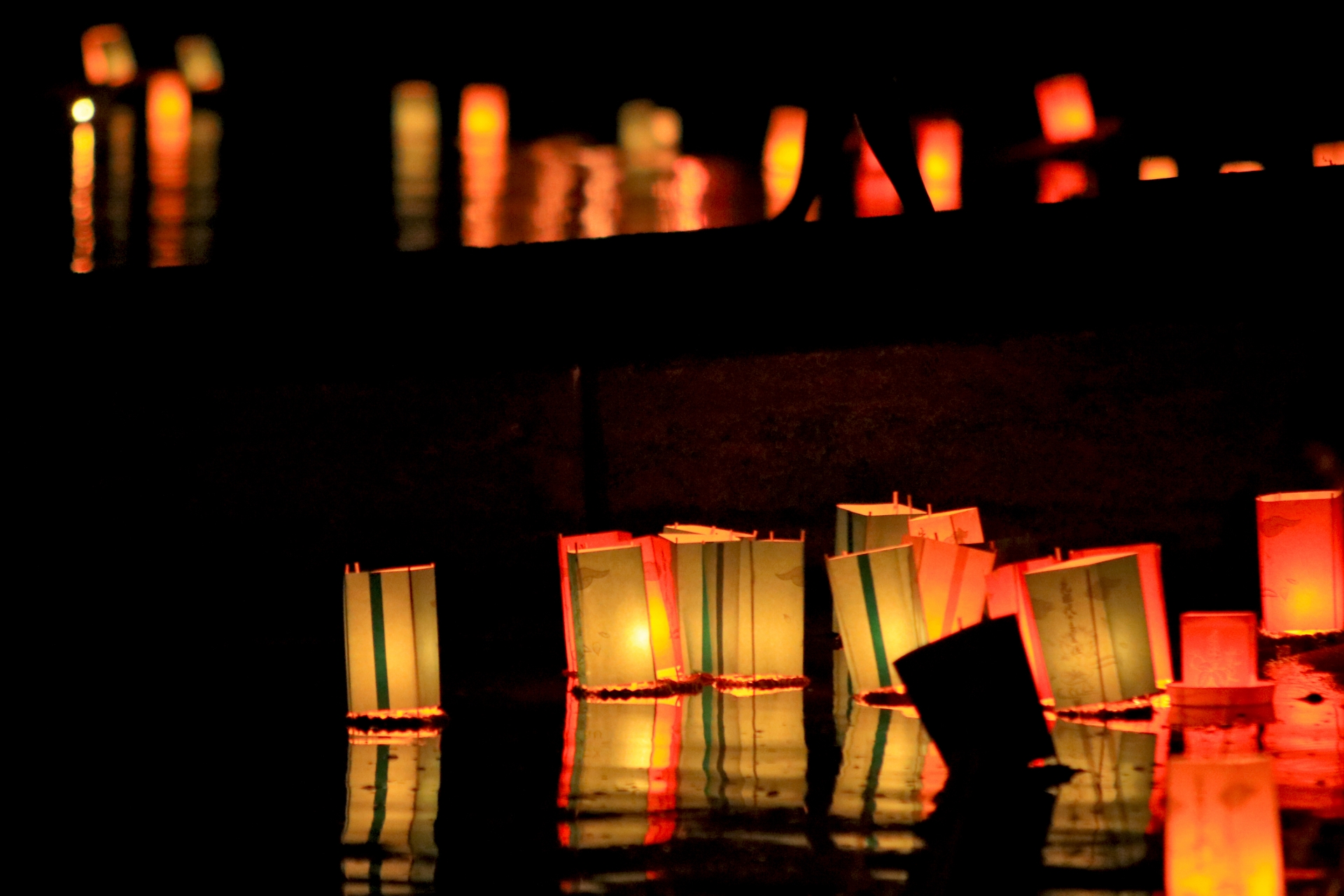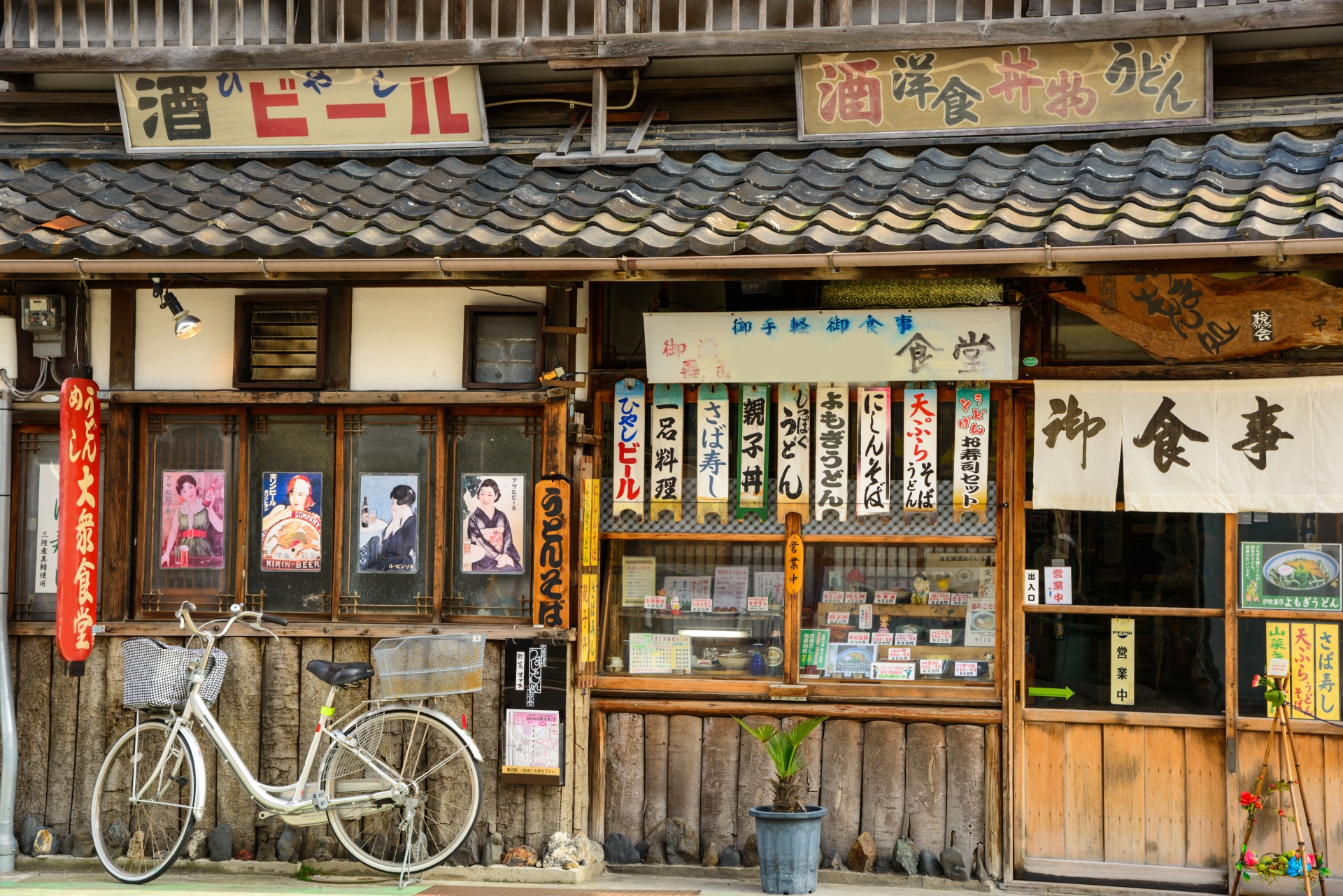Bonsai (盆栽) are miniature potted trees and plants, they are grown in pots or containers and cared for in such a way that they look their most beautiful. Bonsai are the Japanese version of the Chinese Penzai, the difference between the two is that bonsai are a representation of a single tree that resembles the shape of a real life tree, whereas Penzai are often displayed in a landscape form and look more natural and wide. Bonsai trees come in different sizes, shapes and prices. You can get your own bonsai for as cheap as ¥2,000 or, when looking for something more special, up to millions of yen. A bonsai is all about its aesthetics qualities and age, and taking care of a Bonsai takes a lot of time and effort. Bonsai can be purchased at many interior goods and home furnishing stores, and most people identify bonsai as a small, uniquely shaped tree, but its history is much deeper than you may have imagined!
The exact explanation of what makes a tree a bonsai tree is a little difficult to explain, the short answer is that a bonsai tree is a miniature potted tree that looks like a normal tree. But not all potted trees are bonsai trees and there are many variations and different styles. In order to understand what makes a bonsai tree, we need to explain a bit more about the history and how to take care of a bonsai tree.
What is a bonsai?
The word bonsai literally means “tray planting,” referring to the method of planting the tree in a shallow container. Bonsai was originally a Chinese concept imported over a thousand years ago, referred to in Chinese as “penjing” or “penzai,” with the latter being pronounced in Japanese as “bonsai.” Other cultures have adapted their own version as well, such as Vietnam’s Hὸn non bộ.
The Japanese style of bonsai differed from its Chinese predecessor in that its primary goal was to be small and only to mimic the shape of real trees. The effect bonsai has on the viewer is to spur contemplation and to exercise effort for growth.
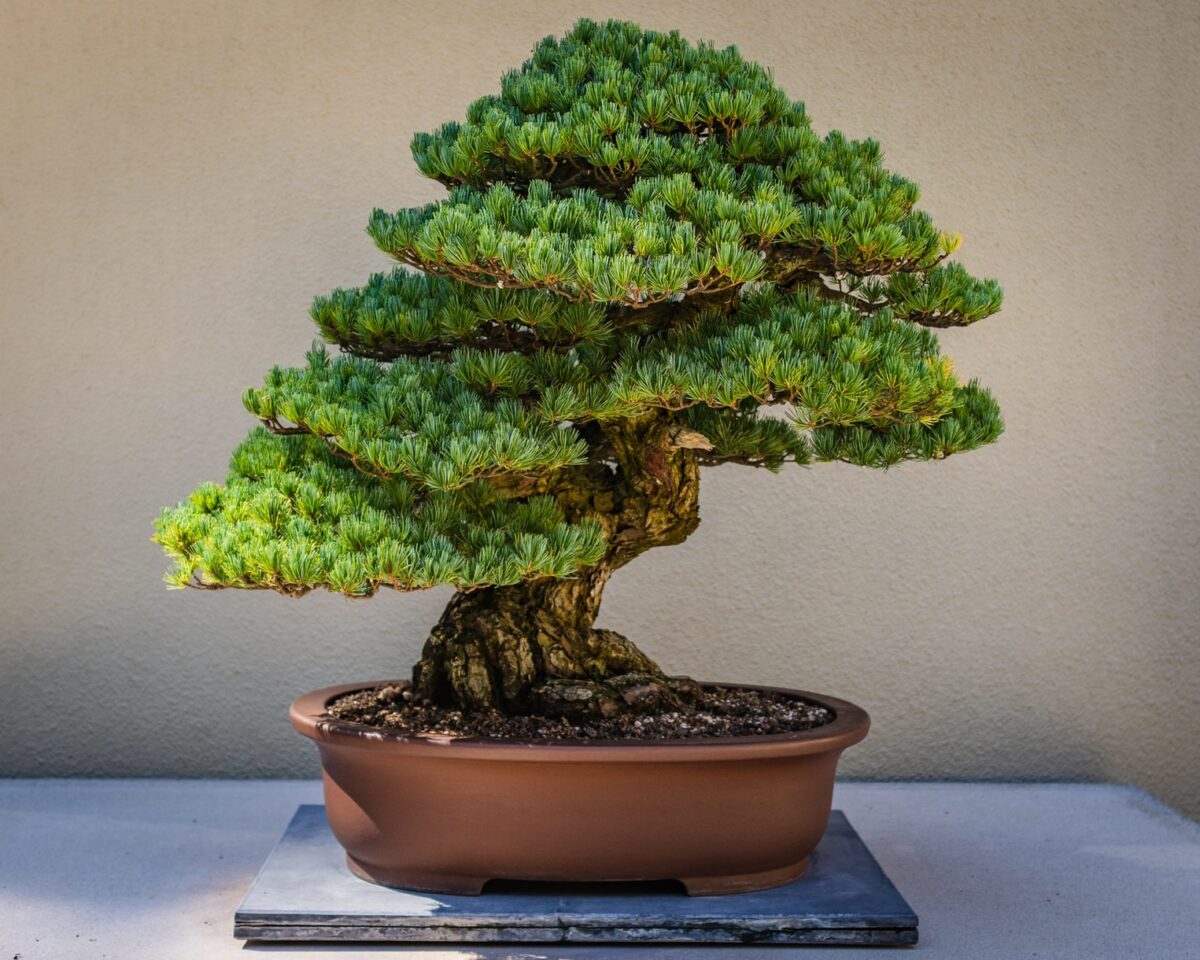
Bonsai has gone on to become deeply ingrained within Japanese culture. The Meiji Emperor first encouraged people to take an interest in bonsai. So it’s not surprising that one of the oldest bonsai trees is housed within the Tokyo Imperial Palace Collection. At almost 500 years old, it is considered a National Treasure of Japan. However there are famous Bonsai trees that are even older than that, some of which are reportedly 800 to 1000 years old!
Bonsai developed a relationship with Zen Buddhism due to the aesthetics. Both require a great deal of patience and are now synonymous with each other. This nicely correlates with the Japanese concept of wabi sabi, a phrase that refers to appreciating the beauty in things that are imperfect, incomplete and impermanent.
Today there are a number of famous bonsai trees all over Japan, these include some of the oldest trees that are on display at the Omiya Bonsai Art Museum in Saitama that offers free tours in English!. One of the most famous bonsai trees is the White Pine Bonsai tree that survived the nuclear bombing of Hiroshima.
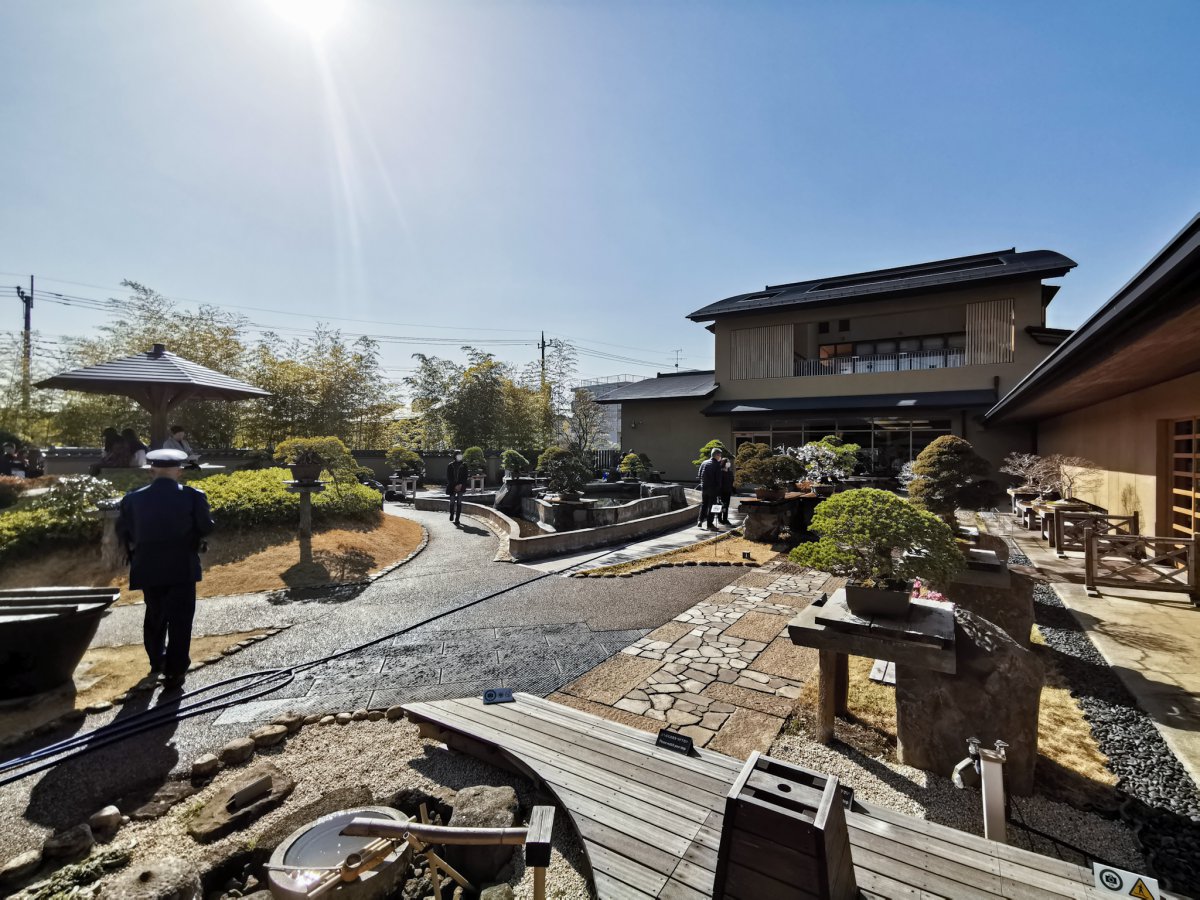
Caring for a bonsai tree
In order to create a bonsai arrangement one must secure any perennial tree that has a wood stem and a life span greater than 2 years. Bonsai is unique in that it does not originate from a seed, instead bonsai trees are taken from trees that have matured. They can be obtained a number of ways, including sourcing from the wild or purchasing at a gardening center or bonsai nursery.
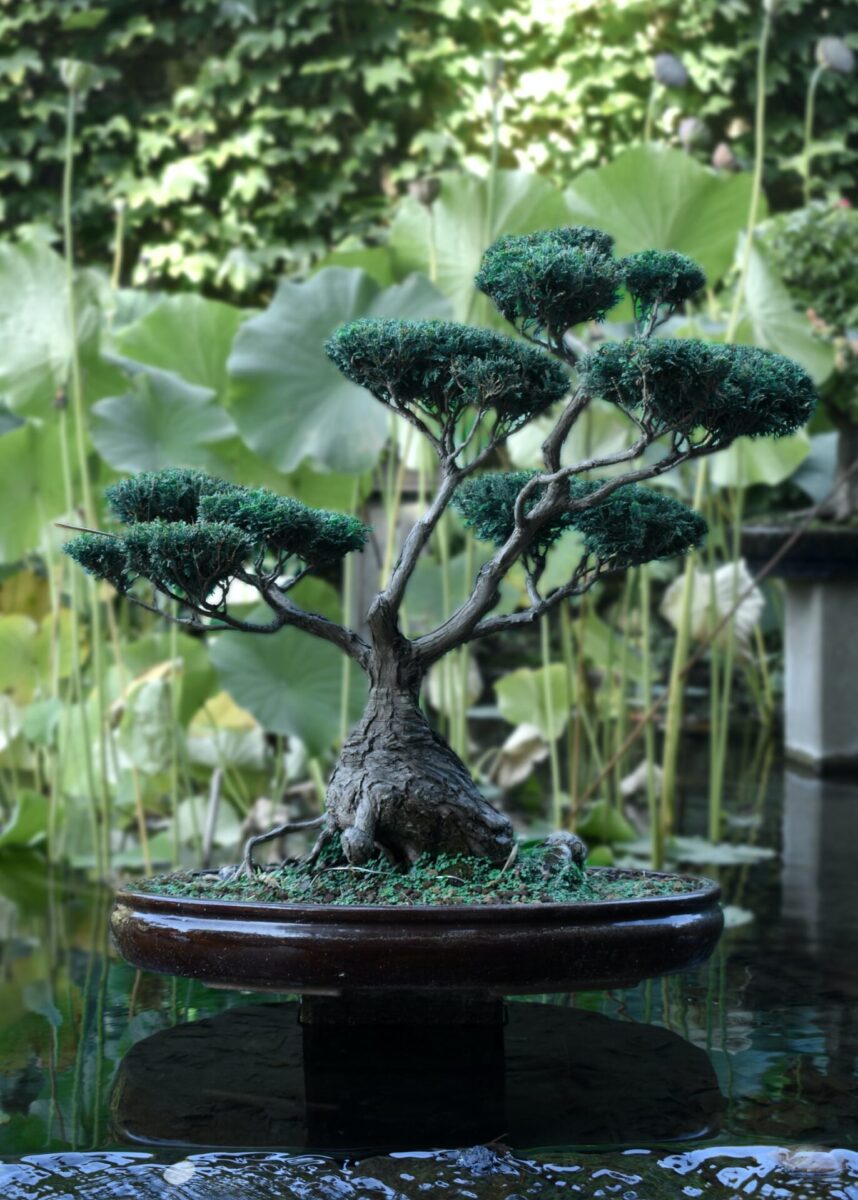
The techniques used in nurturing and maintaining a bonsai tree includes original techniques as well as creating a new spin or traditional techniques. Some of these techniques include: leaf trimming, wiring branches and clamping. The wiring of branches allows the owner to manipulate and shape the general form of the plant to make it the most beautiful version of its kind. The act of clamping is a method that allows the owner to shape the trunk.
Because a bonsai tree is not able to grow to the size it normally does, and because the length of its roots are restricted there are special precautions to take when caring for a bonsai. Regular watering, repotting and location changes are necessary. Bonsai pots typically have drainage holes to assist in watering the plant. Moving the tree to a new pot is important depending on the age of the tree. Just like any other plant or tree, the tree species will dictate the best climate for it. Outdoor bonsai have different light requirements and indoor bonsai may not be suitable to the typically dry climate indoors. Traditionally bonsai was an outdoor art form and not intended for indoors. This has changed as its popularity has increased and more novice owners want to try their hand at their very own bonsai arrangement.
Bonsai as an art form
It is important to remember that bonsai is overall an aesthetic art form. The traditional Japanese art method has many display rules and principles that must be taken into account. Some of these principles include: proportion, asymmetry and natural appearance. Proportion is a key factor. Because bonsai is about making a normal tree into a miniature version of itself, one should keep in mind that everything has to fit within that scale. Leaves, for example, cannot be their normal size as that would not be disproportionate and would appear to be a small plant as opposed to a miniature version of a tree. As a goal of bonsai is to appreciate imperfection, it is also important that the tree is not too perfect. It is okay to appear lopsided, and perfect symmetry is frowned upon. A final principle to note is that the tree must appear natural. It is obvious that the tree has been manipulated to be the most beautiful version of itself; however the viewer should not see any evidence of this. You can imagine the care for a bonsai tree takes a lot of time and dedication. Creating a bonsai tree is like creating art!
One last thing to note, the bonsai is not complete with just the tree and its display. Like a piece of art that has been framed, a bonsai too, must have a pot that complements it. This includes the pot shape, size and color. This adds to the overall feeling of the bonsai and more importantly, the feelings that it gives to its viewers.
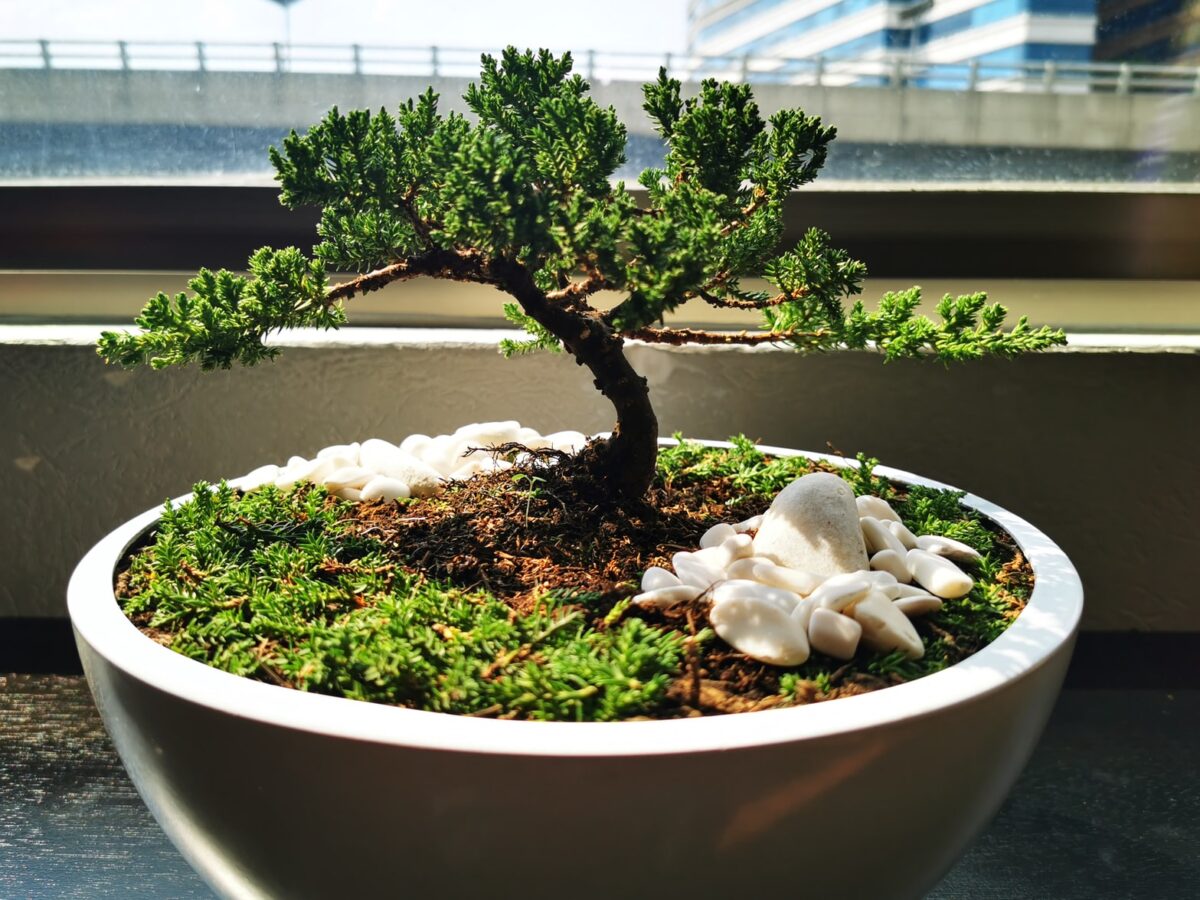
Where to see bonsai in Japan?
Finding bonsai in Japan is actually quite easy! Many home centres will have a selection of cheaper bonsai trees on sale, there are shops specialising in bonsai trees everywhere and there are even some Bonsai museums! But you don’t have to visit a shop or a museum, when you walk around at the more rural and/or residential areas in Japan, you will often see them outside of older homes. You can also find bonsai at Shinto shrines and Buddhist temples, sometimes there are even exhibitions such as the Japanese Suiseki exhibition held in June at Meiji Shrine in Tokyo. You can also participate in a workshop to make your own bonsai tree, but note that it is often extremely difficult to bring bonsai outside of Japan! Instead we recommend having other traditional Japanese experiences to have on your trip like a Japanese tea ceremony or renting a kimono.
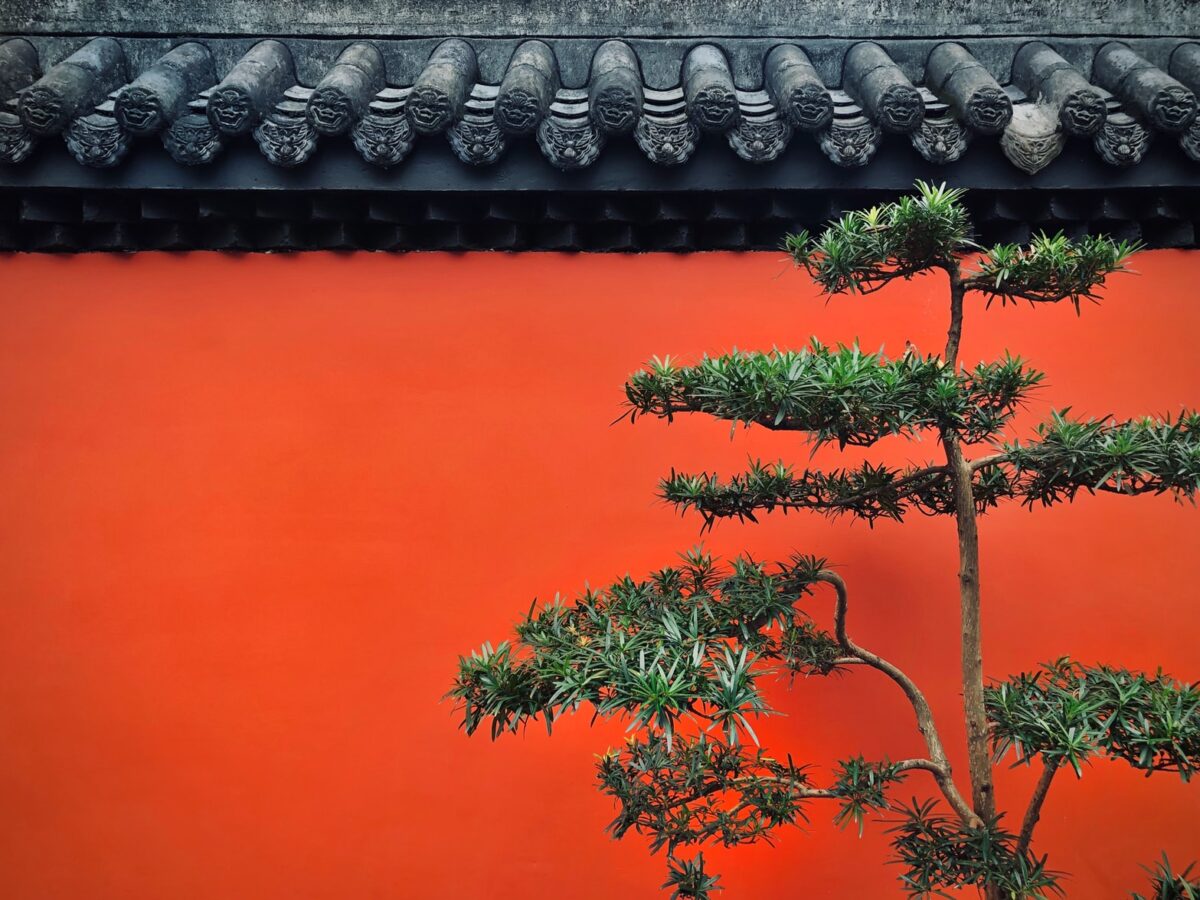
Bonsai is an ancient art form that has been molded, adapted and updated to fit the needs of the diverse communities that have come to enjoy the beauty and tranquility of the miniature trees. Like most great art, there are traditional methods, techniques and styles that are still adhered to and accepted as best practice. This inflexible flexibility is at the core of bonsai and its message of appreciating the imperfect. It is what has allowed this art form to flourish for centuries spreading across the globe to different people and cultures. Bonsai is traditional Japanese art form, with a deeper meaning to be enjoyed!
Follow us on Instagram, Facebook and Twitter for more travel inspiration. Or tag us to get featured!
Happy traveling!
Articles you may enjoy reading

Trevor Jones is an educator and an aspiring marketer. Originally from the United States, he moved to Tokyo in 2017. Trevor enjoys exploring new destinations and sharing his experiences. He can be found on Instagram at @tjones312
This post may contain some affiliate links. When you click through and make a purchase we may receive some commission, at no extra costs to you
